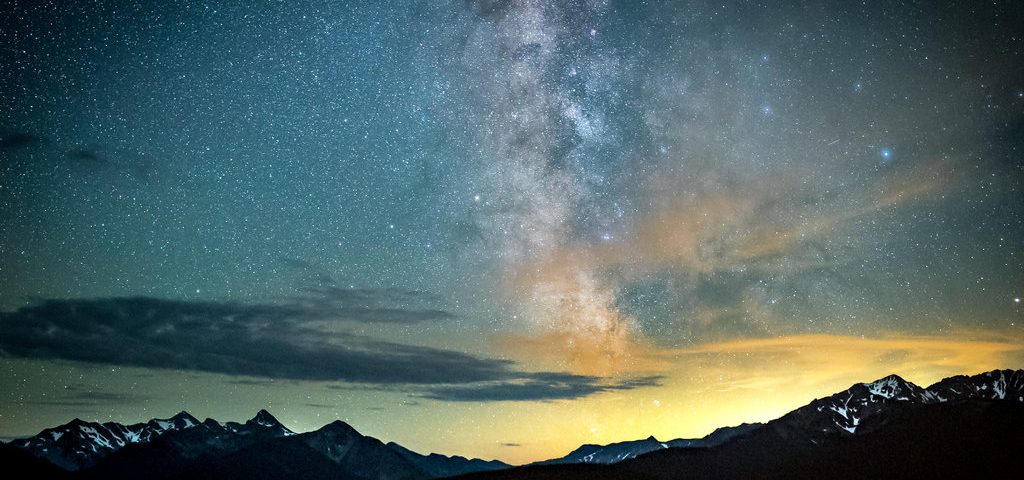New York Times: Your Next Trip? It’s Written in the Stars

Like watching the sunset, seeking out the Big Dipper in the night sky is a vacation ritual. But in the past five years, according to experts, the term astrotourism has evolved to describe more intentional travel to places with dark skies and more visible stars.
“Astrotourism is any kind of tourism that involves the night sky or visiting facilities related to astronomy like observatories, and combining that with a broader sense of ecotourism where interaction with nature is what the visitor experience is about,” said John Barentine, the director of public policy at the International Dark-Sky Association, a Tucson-based nonprofit organization devoted to battling light pollution and certifying dark sky preserves where stars and planets shine brightly.
In its 30-year history, the association has designated more than 60 International Dark Sky Parks in protected areas, such as the Grand Canyon National Park. International Dark Sky Reserves, about a dozen presently, have protected land at their center, such as a national forest, and municipalities in their buffer regions that have agreed to reduce light emissions. Its four International Dark Sky Sanctuaries tend to be remote; Pitcairn Islands in the Pacific, for example, has applied for sanctuary status.





